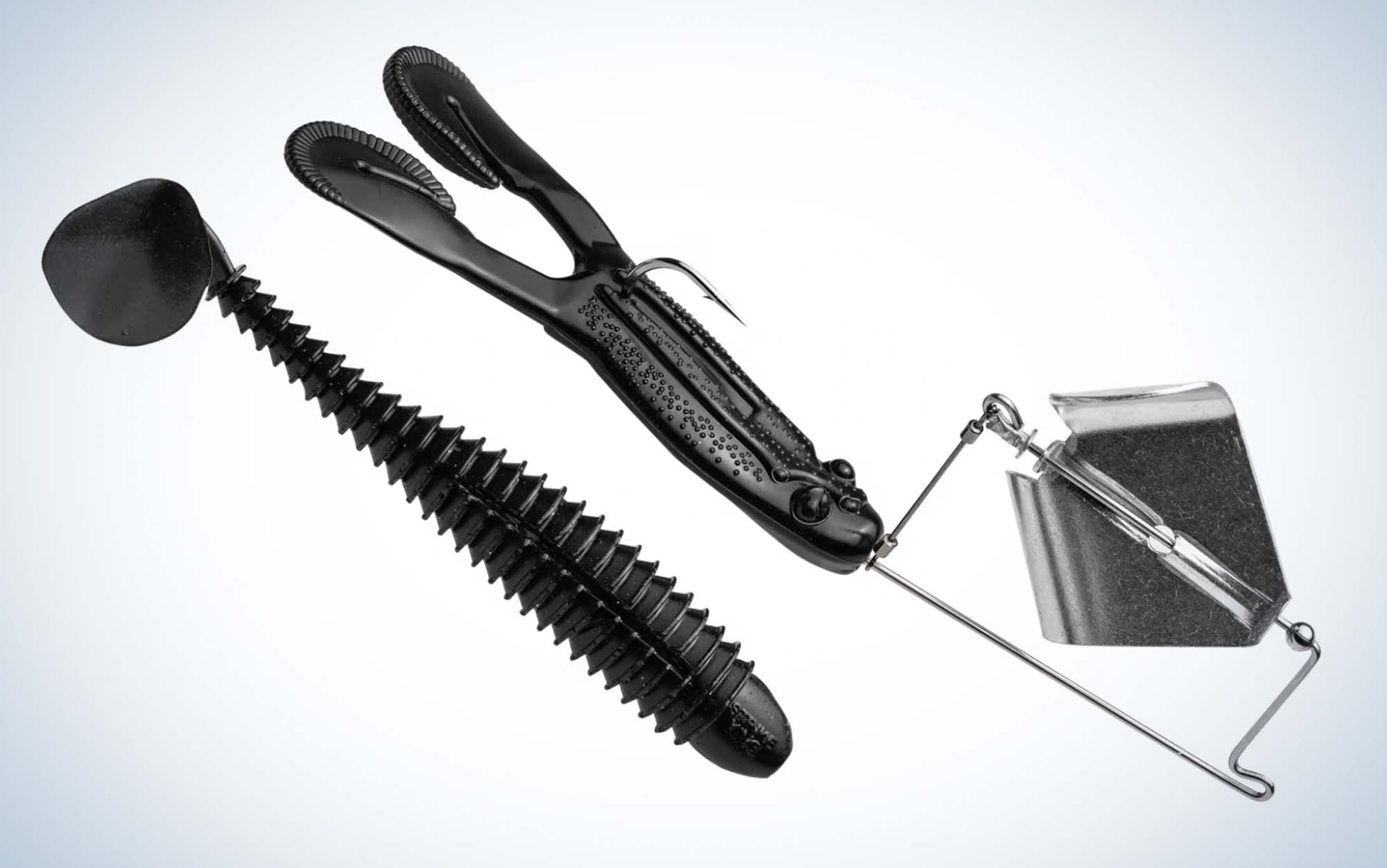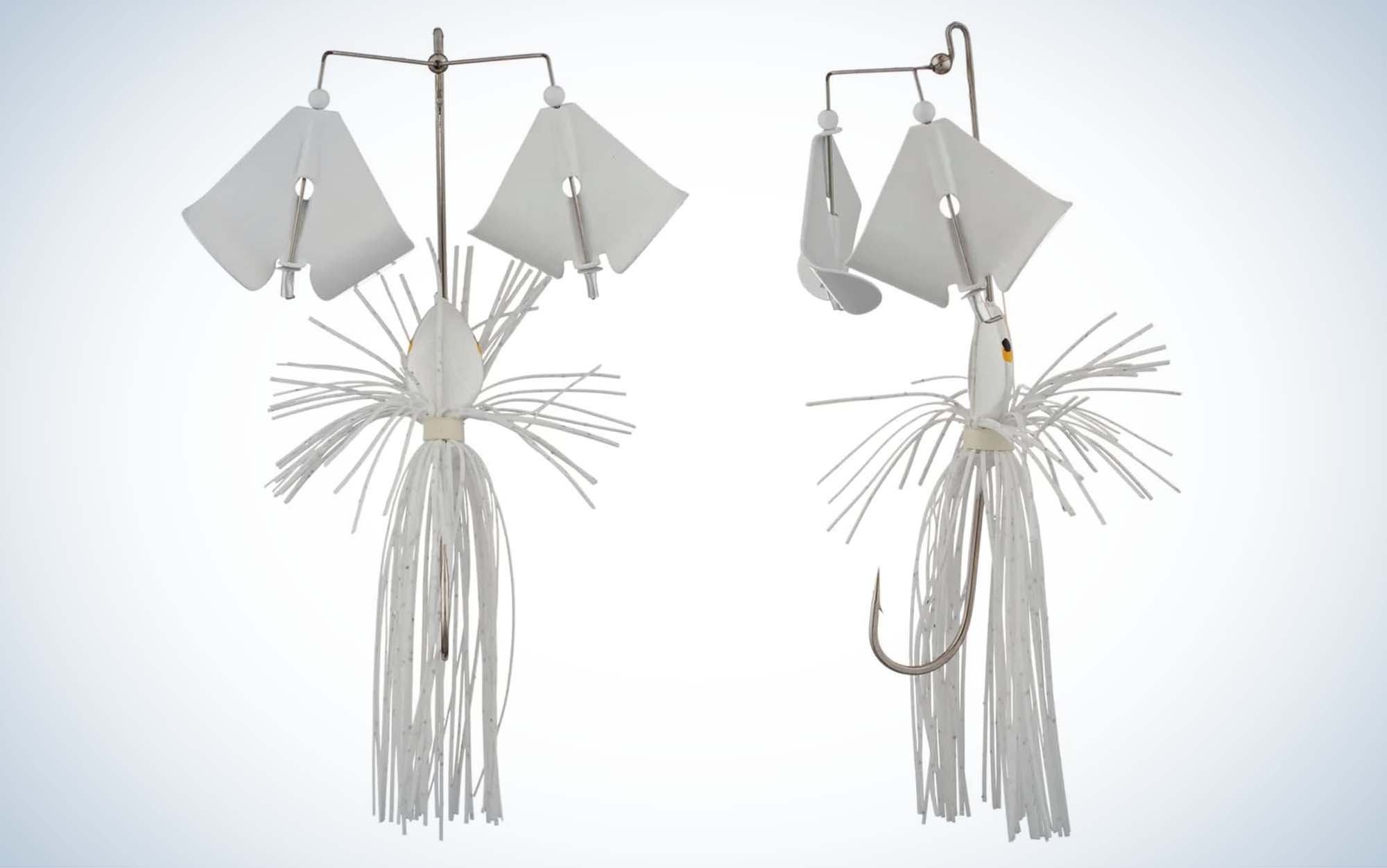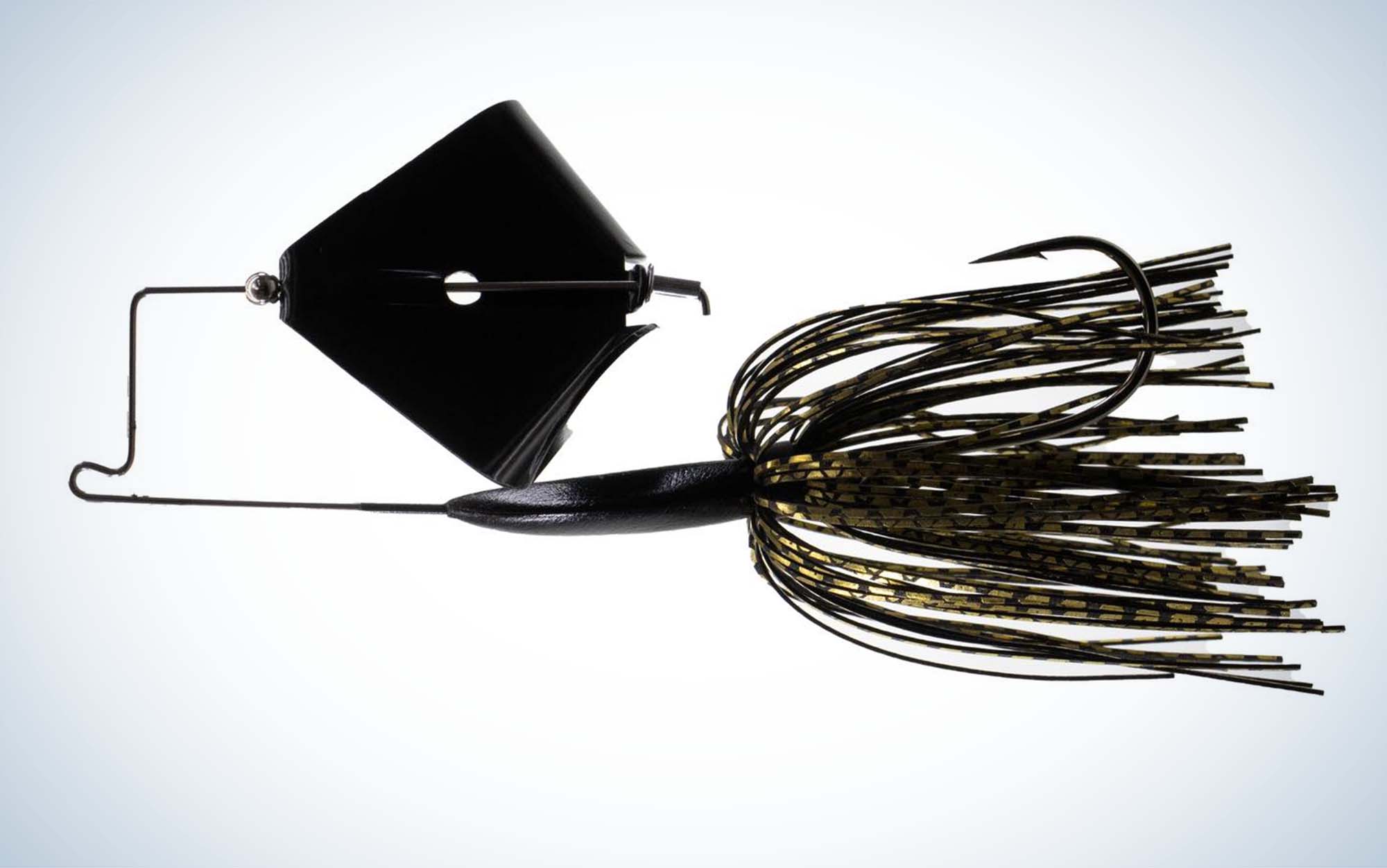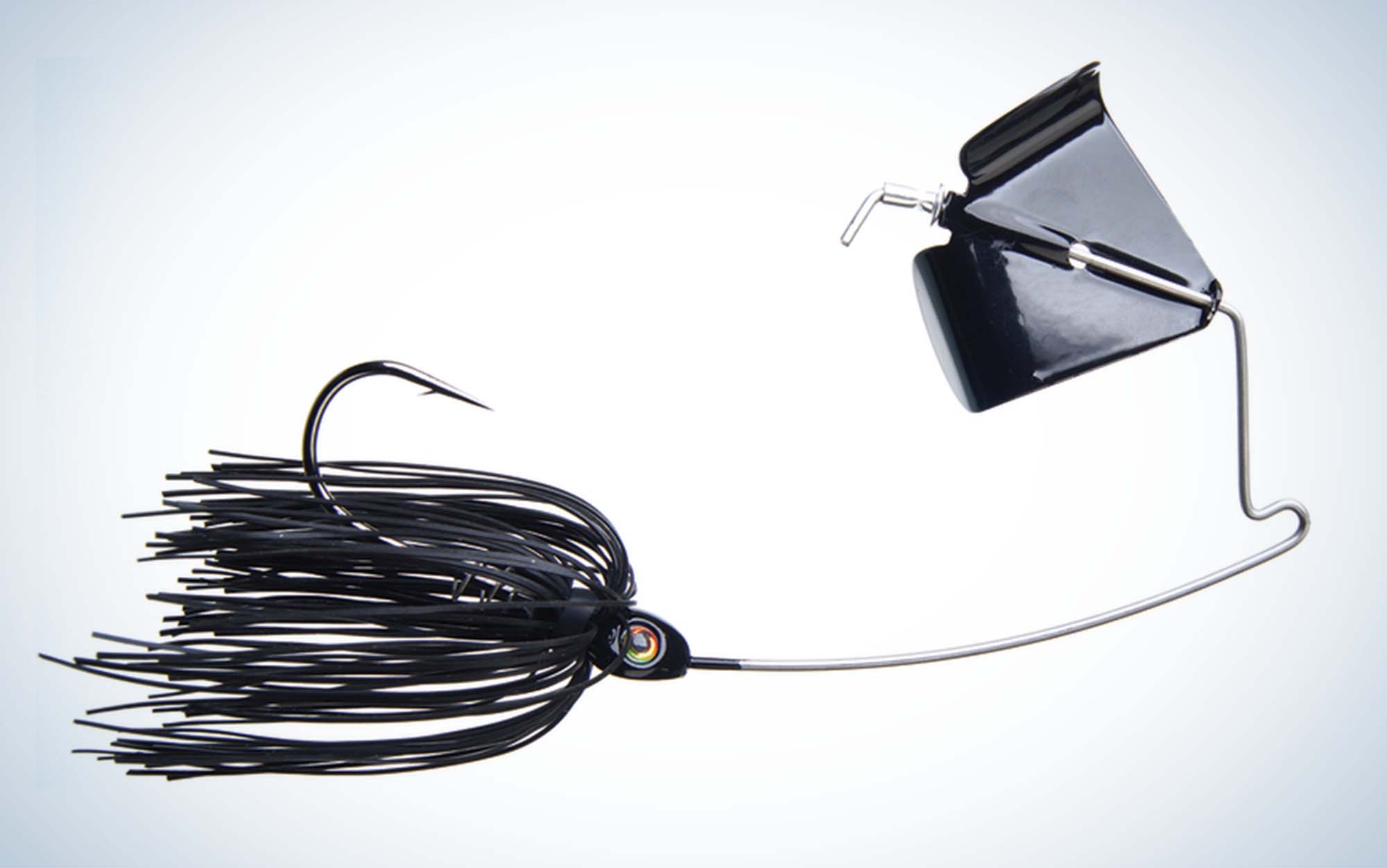We may earn revenue from the products available on this page and participate in affiliate programs. Learn More ›
A buzzbait may not look like anything found in nature, but the best ones bring out a bass’ killer instincts, making them unable to resist attacking the odd-shaped invaders. When these combinations of wire, lead, and skirting first hit the market in the 1970s, they were all virtually cookie cutters, but as fish got wiser manufacturers sought to distinguish themselves.
Today you can buy buzzbaits that range from 1/8 ounce all the way up to muskie-sized models of an ounce or more; some made with skirts, and some made to be used with soft plastics; and all sorts of blade configurations. So whether you want an obnoxious lure the size of a muskrat that would violate a no-wake zone, or a diminutive version that barely leaves a bubble trail, options abound.
The good news is that in a world where hollow frogs and plopper-style baits have seemingly cornered the topwater market, fewer people throw buzzbaits than ever before. What’s old is new again, and if you have the right model for the size of your local fish, able to penetrate the applicable cover, and resembling the present forage, you’re setting yourself up for heart-stopping strikes from some of the biggest fish around.
Here are some of my favorites:
How I Chose the Best Buzzbaits
I’ve fished buzzbaits from Maine to California and down to Mexico, and I’m continually in search of the “perfect” model. But over time I’ve realized that depending on the size of the fish, their aggressiveness, and their forage, you need to adjust not only your bait but also your tackle. Some work better on braid as opposed to mono, and some skip better, while others cast best, and still others catch a lot of wind. They are among the best topwater lures for bass, yet there’s no one-size-fits-all solution.
Best Buzzbaits: Reviews & Recommendations
Best Premium: Megabass Jamaica Boa Buzzbait
Key Features
- ½ ounce size
- Rear-weighted head for long casts
- Rattle chamber on wire
Pros
- Rattle chamber produces unique sound
- Built in “tail” obviates need for a trailer
- Extensive skirt variations
Cons
- More expensive than most buzzbaits
- Limited size options
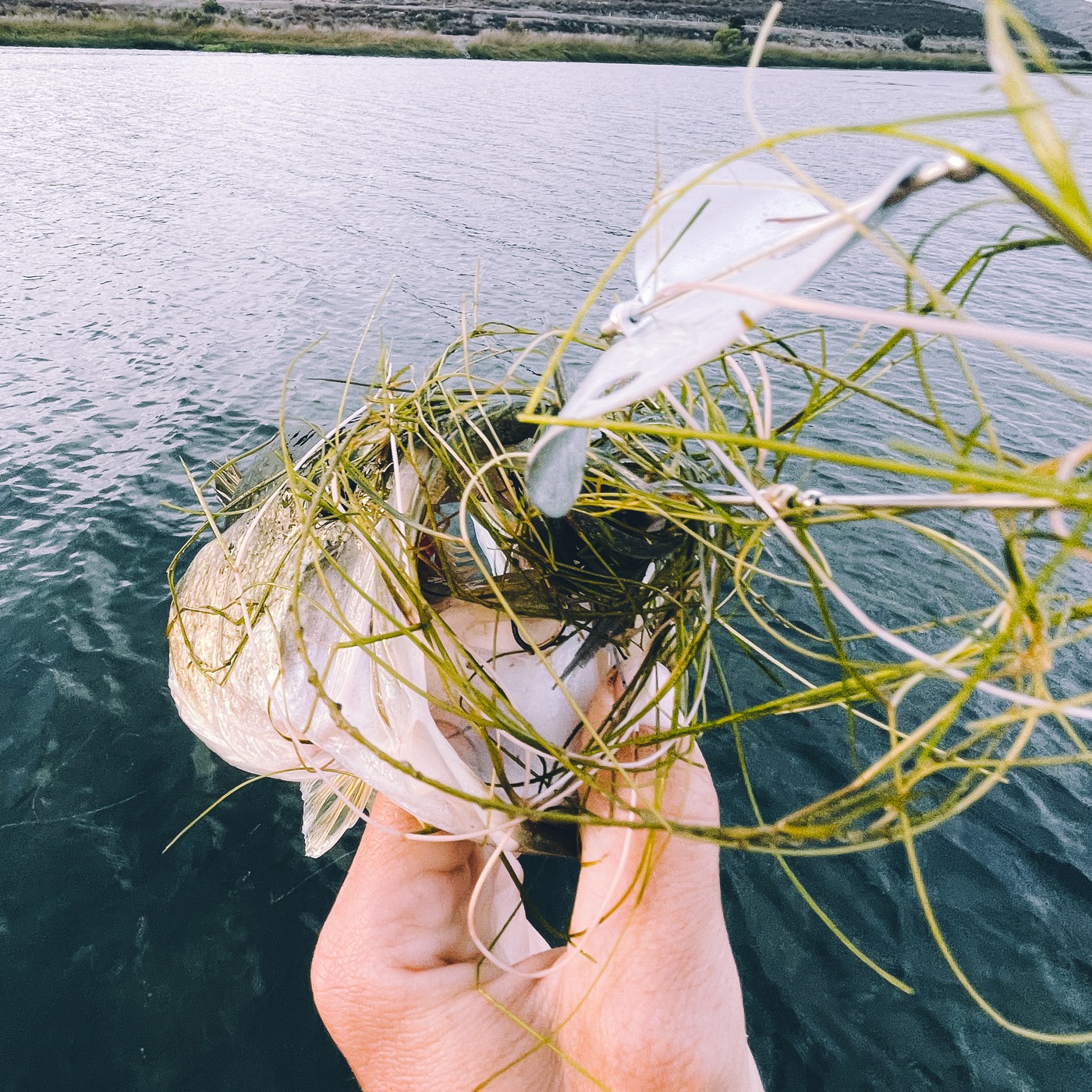
I wish that they made the Jamaica Boa in more sizes, but beyond that Megabass has built a masterpiece. It has a distinctive sound pattern, enhanced by the holes in the blade and the rattle chamber on the shaft, and it just seems to get more and more violent strikes when bass are lukewarm about the other buzzers. I like the fact that it continues to run true even after it’s been in the mouth of lots of fish or dragged over and through heavy cover, and the hook is razor sharp. I typically add a trailer hook on a buzzbait, but if they get the main hook on this one, they’re not coming unbuttoned. You can get bites, including big bites, on plain Jane buzzers, but each of the features in the Jamaica Boa makes it a little bit more enticing and a little bit more effective.
Best for Skipping: Strike King Skip’ N Buzz
Key Features
- Comes with Strike King Rage Toad and Swimmer trailers
- Internal head design
- Bait keeper barbs
- Reinforced wire
Pros
- Holds soft plastics very well
- Reinforced wire prevents it from getting bent out of shape when it crashes into the water
- Comes to the surface very quickly
Cons
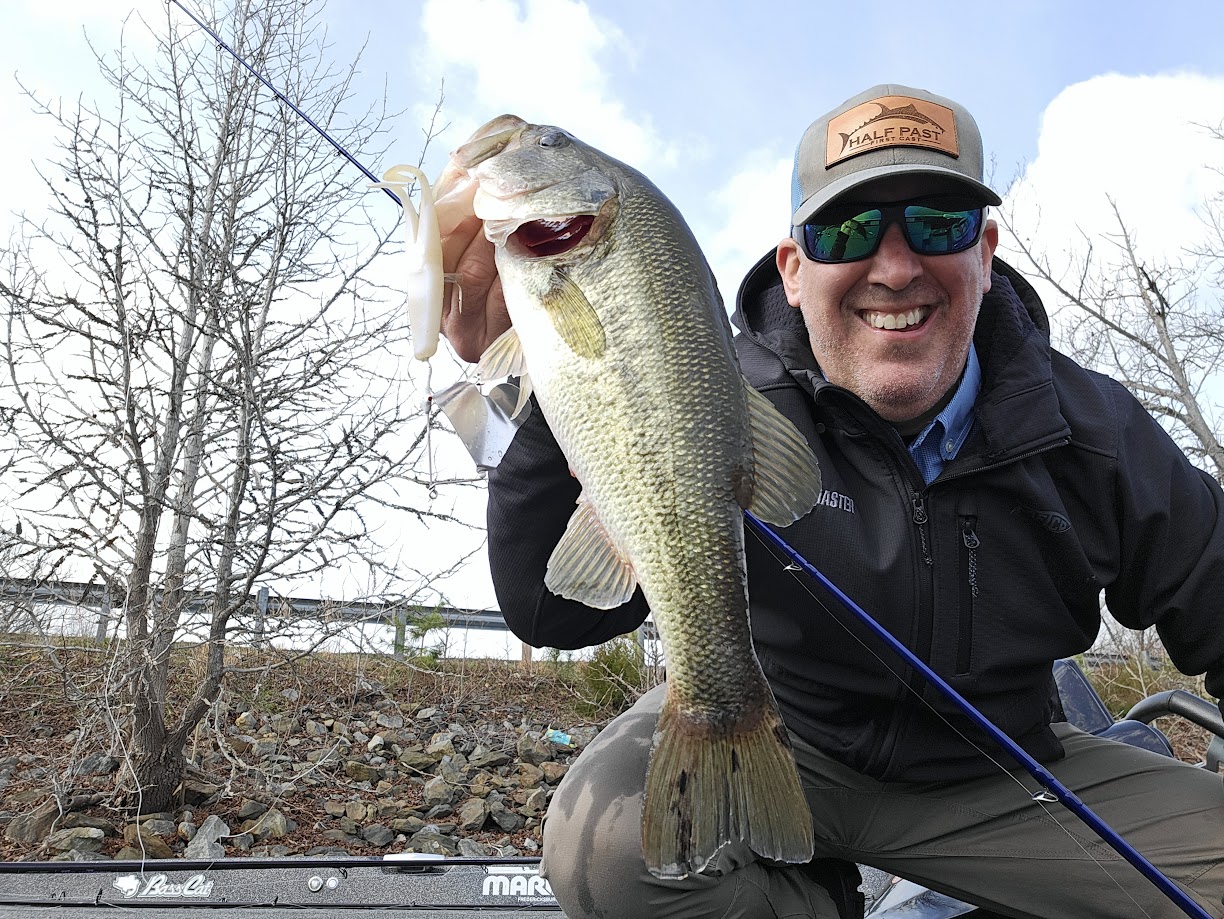
With baitcasting gear, most of us struggle to skip anything more complicated than soft plastics or jigs, but if you can put a lure like a buzzbait under overhanging cover, it can elicit brutal strikes, particularly from fish who have never seen one. The problem is that it’s not easy to learn, and the skipping motion often harms the bait. Strike King took steps to correct both of those problems. By replacing the skirt with a toad or swimmer, it “bounces” off the water better, and the compact package stays intact even after hitting dock posts or getting ripped free from brush. You may not see all the strikes, but you’ll definitely hear and feel them. It’s best without a trailer hook because, most of the time, the bass hook themselves deeply.
Best Double Blade: Buckeye Lures Double Bladed Buzzbait
Key Features
- ¼, 3/8, and ½ ounce sizes
- Heavy duty wire
- Mustad Needlepoint hook
Pros
- Solid wire runs true after multiple fish
- Long shank Mustad hook catches short-strikers
- Pop rivet adds squeaking noise
Cons
- May be too much commotion at times
There are times when two blades are better than one, but lots of the double buzzers that I’ve tried never seem to have the right gap between blades, or eventually fail to run correctly. However, this one from Buckeye is super-durable. It has an amazing combination of calling fish from a distance and triggering ambush feeders. It’s excellent in slightly dirtier water, but don’t discount it in crystal-clear conditions. The long shank hook catches short-strikers, but I typically add a trailer hook. A single-blade model may be better in the thickest cover, but you’ll be surprised at how well this skirts grass and weeds. I like the shad color around the shad spawn, and a black skirt/blade combo in dark and stormy conditions.
Best Finesse: Boogerman Buzzbaits
Key Features
- 1/8, ¼, and 3/8 ounce sizes
- Keel shaped head
- Long shank hook with wire bait keeper
Pros
- Makes a ruckus
- Quality, long shank Mustad hook
- Can be retrieved super-slow
Cons
- There are simply times when the double blade is overkill
Years ago, a friend killed me from the back of a boat throwing a discontinued Blue Fox double buzzer. The strikes were insane, and the average quality of his fish was substantially larger than mine. There are times, particularly over sparse grass when the double blade is the key.
I’ve tried many double-bladed buzzbaits, and I’ve learned that plenty run true and make noise, but most produce a lot of missed strikes. Not the Boogerman. It can be c-r-a-w-l-e-d across the surface through surprisingly thick grass, and when bass focus in on it, they don’t miss. In fact, I’m not sure how they make it happen, but even small fish end up with the majority of this lure deep in their throats.
Best for Use with a Toad: Crock-O-Gator X-Bite Skirtless Buzzbait
Key Features
- ½ and ¾ ounce sizes
- 6/0 Mustad Ultra Point Hook
- Double barbs to hold trailers
Pros
- Double trailer holders keep toads pinned
- Large Mustad hook
- Skips well
Cons
This buzzbait would be a great tool for fishing any toad, in just about any conditions, but what makes it even better is when you combine it with Crock-O-Gator’s X-Toad Frogs, which allows for the perfect placement of a 2/0 or 3/0 trailer hook. Most toad-enhanced buzzbaits don’t accommodate a trailer hook easily, particularly when skipped, but this innovative rigging system makes it easy thanks to a molded slot in the toad. The big blade catches lots of water and gets the lure to the surface easily, and the planning head keeps it there. Additionally, there’s a dual-pronged keeper system so the toad doesn’t get out of whack on the cast or the retrieve.
Best Clacker: Santone Lures Lake Fork Clacker Braid Buzzbait
Key Features
- 7/16 and 9/16 ounce sizes
- Curved .060 gauge wire
- Gamakatsu siwash hook
Pros
- Screw lock bait keeper for trailers
- Extra-heavy wire doesn’t get bent out of shape
- Super-stout hook
Cons
- Not available in a smaller profile
I initially bought this buzzbait specifically for Mexican bass, and I’ve had great success there. I’d throw it deep in flooded brush at El Salto and extract fish larger than I usually catch at home. It’s great north of the border, too. The noise is intoxicating to the point of almost being aggravated, but that’s exactly the point — bass want to kill it either to shut it up or so that it doesn’t reproduce. It’s my first choice when they’re aggressive, and I want to use braid because it stays true to its original shape and attitude no matter how badly you beat it up. It’s also available in the same dimensions and colors but without the clacker for anglers who want something just as durable but a little bit quieter.
Read Next: Best Frog Rods
How to Choose the Right Buzzbait
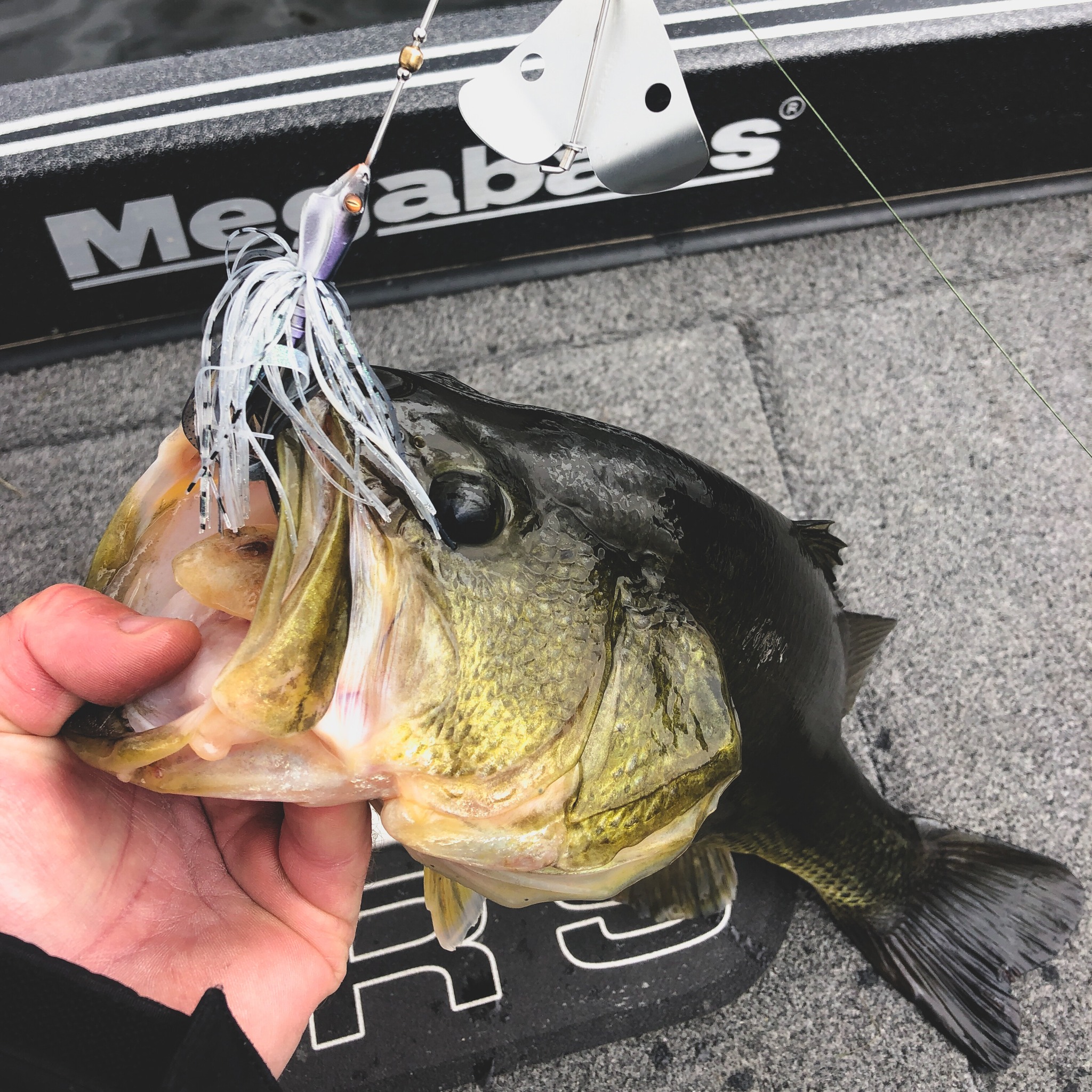
Size
You may be surprised to find out that little fish will eat a big bait, but a lot of it comes down to aggressiveness and the forage they’re feeding on. A 1/8-ounce buzzbait can do a lot of damage with the right hook, and a musky-sized model can also produce. You can vary the size profile on a single buzzbait by changing components: trimming the skirt, adding a trailer, or even swapping out a bigger blade to allow a small lure to stay on the surface at slower speeds.
Noise
When fish are more aggressive, that “nails on a chalkboard” sound can be critical. Some anglers hold buzzbaits out the truck window or rough up the rivet for additional squeak but generally the difference comes down to overall volume. Sometimes, the fish want something loud, and other times, a quiet pitter-patter is their kryptonite.
Color/Profile
Today’s buzzbaits — both the blades and the skirts/trailers — come in every color of the rainbow, but generally, you can get by with a black, white, or shad-colored, and one with a fair amount of chartreuse. Match it to the forage present and the water clarity. Many anglers use a soft plastic trailer, typically a toad or fluke-style lure, which makes the color options even greater. If you’re not getting bit, try changing the blade color, which can make a huge difference.
Final Thoughts
When I first started fishing buzzbaits, I thought they were exclusively a warm weather, heavy cover presentation, but over time that’s been proven wrong again and again. I’ve had some great prespawn days with buzzbaits on windy points. I’ve also had solid days when a late fall snow squall hit. It’s about assessing the attitude of the bass and choosing the lure that best meets their hunger, anger, or curiosity.

